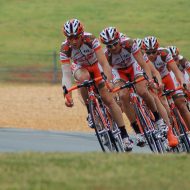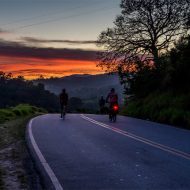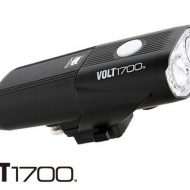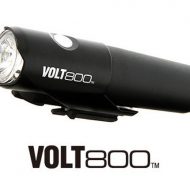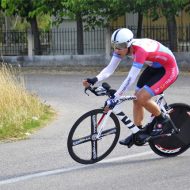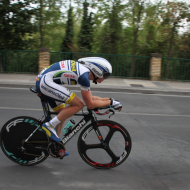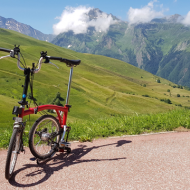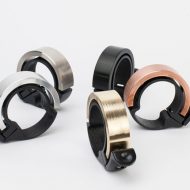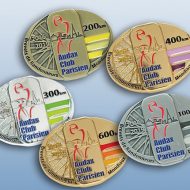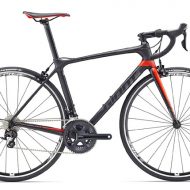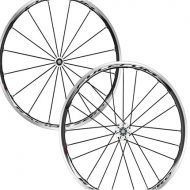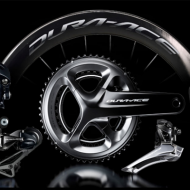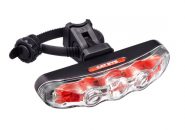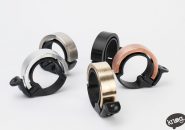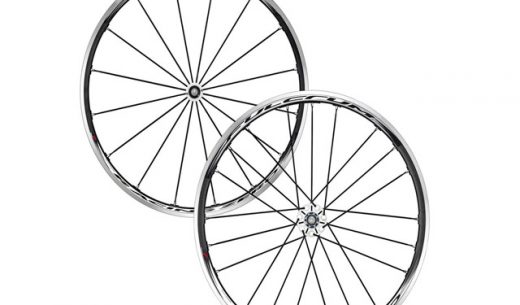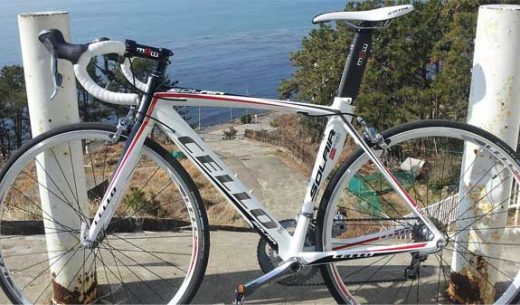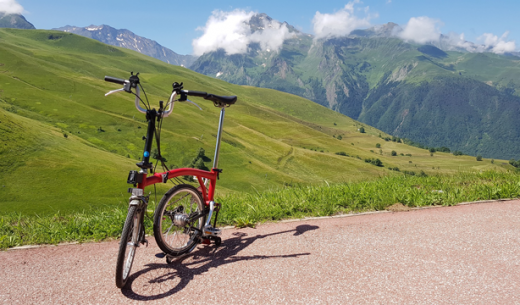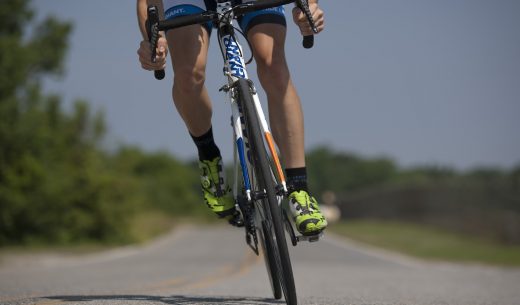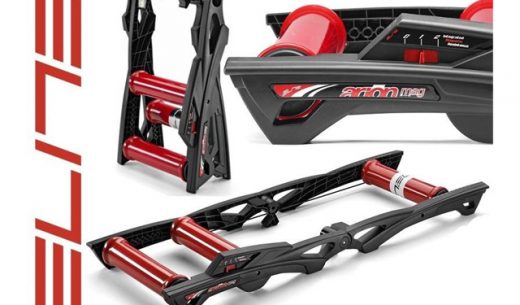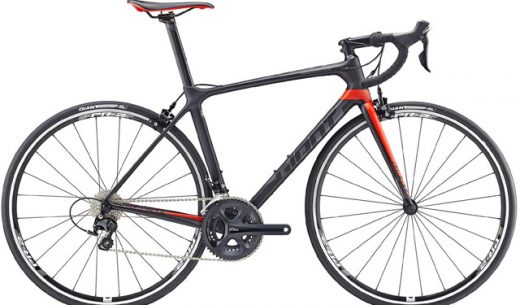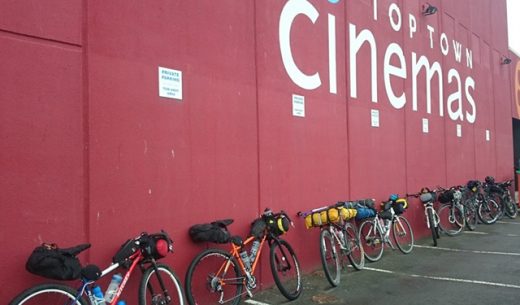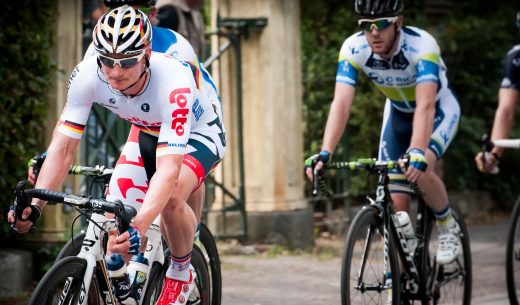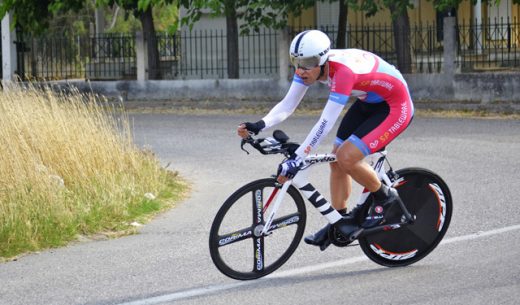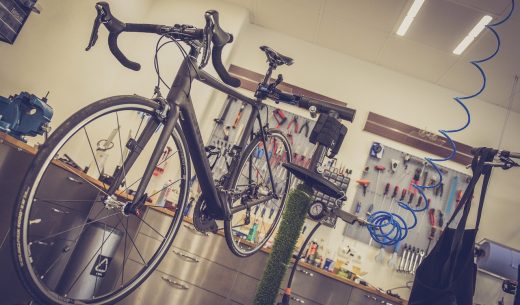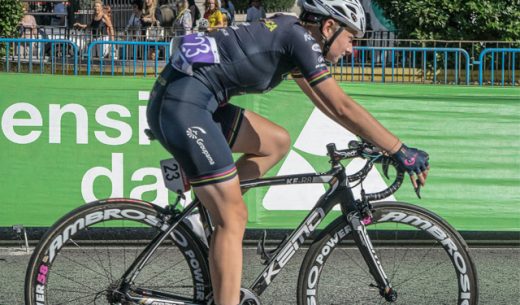Last Updated 2021.12.19
An increasing proportion of road bikes are equipped with headlights
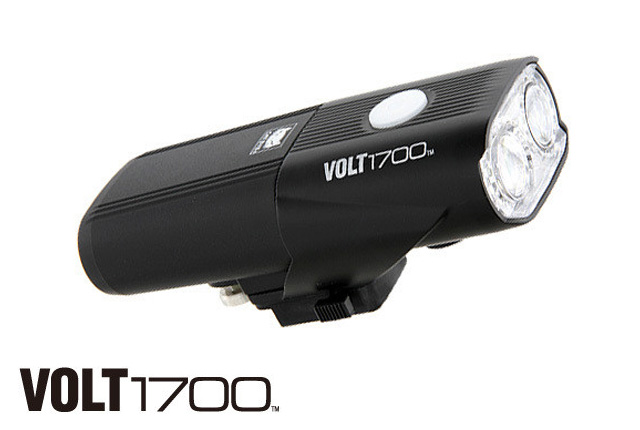
Cars and motorcycles have strict rules regarding lights, headlights, side lights, turn signals, stop lamps, etc. Lights have already been woven into the vehicle design for vehicles running on these public roads, and the amount of light and the angle of the optical axis are also determined. It can be said that the rules regarding lights are becoming stricter, such as the fact that current motorcycles cannot be turned off, the car’s auto light, and the function to turn on automatically when it gets dark are obligatory. However, the rules for bicycles, which should also be vehicles that run on public roads, especially road bike lights, are ambiguous and loosely regulated. In the first place, it is strange that even though it is a vehicle that should run on the road, it is sold without any lights.
In fact, there are quite a lot of road bike riders who are not in compliance with the Road Traffic Act, such as no lights. That said, I have the impression that the number of road bike riders who have their headlights turned on properly has increased recently. If you claim the right to ride a bicycle on the road, I think it is important to follow the regulations for lights first. Of course, the real purpose of turning on the lights is not to follow the rules, but to run safely. First, 87% of car-to-bicycle accidents are delayed in discovery. Judgment error is 12%, operation error is 1%. If you can let the driver of the car find you quickly, you can prevent most of the accidents caused by mistakes on the car side. Next, about the rate of car-to-bicycle casualties by day and night. Surprisingly, 78% of casualties occur in the daytime. Even in the bright daytime, it is data that shows that if you can appeal yourself with the light, it will lead to accident prevention. It’s a daytime light. And a little raw data. The most common cause of a bicycle-to-vehicle accident is the encounter, which accounts for more than half, but the highest probability of death after an accident is when the car hits the bicycle from behind. The number of accidents is not very large, probably because they cannot be prepared, but there is a high probability that they will be serious accidents. What you can see from these data is that if you don’t want to die, you can turn on a prominent light from daytime to the front and back.
Recent lights are highly functional and multifunctional
I see. Then buy a light that is brighter than the headlights you are using now. And you may go to the bike shop and stand in front of the light corner. There are a lot of colorful lights from various manufacturers. Recent lights are becoming more sophisticated and multifunctional, and their prices are moderately high. Which light is most suitable for your use? Which one should you buy for the highest safety? Which one will save your life? I will solve such a question and explain how to choose the light that suits you.
Basic rules for bicycle headlights
First of all, from the basics. Let’s keep track of the rules regarding bicycle lights. Did you know that the rules for bicycle lights vary from prefecture to prefecture and you shouldn’t blink the taillights? Bicycles are vehicles that require the knowledge and morals of the rider because there is no license system. Normally, you have to keep this in mind before you get out on the road.
Bicycle lights regulations
Of course, the Road Traffic Act stipulates that bicycles must also be turned on in dark conditions such as at night or in tunnels. However, the contents are not unified nationwide like cars, and differ depending on the prefecture. For example, in Tokyo, the headlights are white or pale yellow and have a brightness that allows you to see 10m ahead. The tail light is red and is defined to be bright enough to be seen from 100m behind. These ordinances are also improving. When this becomes Kanagawa prefecture, the rules such as brightness and color are slightly different depending on the area, such as the headlights being bright enough to be seen 5m ahead. Also, since it is stipulated that the tail light is lit, blinking is NG, but there is no mention of whether the headlight is lit or blinking, and it is only stated that the front can be confirmed. However, you should think that the headlights should also be on, as blinking will make it dark for a moment. Also, according to the Road Traffic Act, taillights are not required if a reflector is attached, but considering visibility, a taillight that lights up more conspicuously will be essential. Based on the above, the headlights are white or pale yellow and the brightness is such that you can see the ones 10m away. The tail light is red and bright enough to be seen from 100m behind. Both must be lit in dark places such as at night or in tunnels. If you think that blinking is NG, there is no mistake.
Blinking is more noticeable
Lights have two meanings. First, visibility to make it easier for you to see the dark night road. And it is visibility to make you stand out and make it easier for drivers and pedestrians to see. Headlights should be considered for visibility and visibility, and taillights should be considered for visibility only. As mentioned earlier, the rule is that the lights must be turned on instead of blinking both before and after, but considering visibility, flickering and eye-catching blinking are more noticeable. If you want the light to blink, there is no legal problem if you use it together with the light that lights up. If you attach a reflector to the rear, you can blink the light without any problem. I have two headlights, two taillights on the seatstay and one small taillight on the helmet. If you put on such lights, it will stand out even in cars and motorcycles coming from behind, and it will prevent rear-end collisions.
The mounting position of lights is
Headlights are typically mounted around the handlebars and taillights are typically mounted on the seatpost or seatstay. However, it is easier to see from the car if you attach it to a higher place. The tallest is the helmet, but moving your head changes the angle of the light, so there is a problem with using it as the main light. It is also effective to attach it to a backpack or clothing because the position will be high, but in the first place it is not considered as a light unless it is attached to the bicycle body under the Road Traffic Act, so a light attached to a place other than the bicycle is treated as an auxiliary light to the last. .. If you attach the headlights and taillights to your bicycle and then attach auxiliary lights to your helmet or clothing, there will be no problem with the rules and safety will be further enhanced.
In Europe, in addition to lights, some countries voluntarily or promote wearing reflective vests. Brevet rules also require you to wear a retroreflective vest, but this duty to wear a reflective vest is influenced by Europe. Reflective vests worn on running, road bikes and bicycles are different from the so-called reflective vests worn at construction sites, and the main purpose is to appeal to the rear because the reflective material is mainly concentrated on the back.・ It will be a role. For road bikes, if you have the headlights and taillights properly, you don’t always need a reflective vest, but for runners who are jogging on a pitch-black cycling road along the river, the reflective vest is. I want you to wear it without fail. From the perspective of a road bike rider, a runner is really invisible until just before. To ensure mutual safety, I would like you to wear a reflective vest for your own safety.




